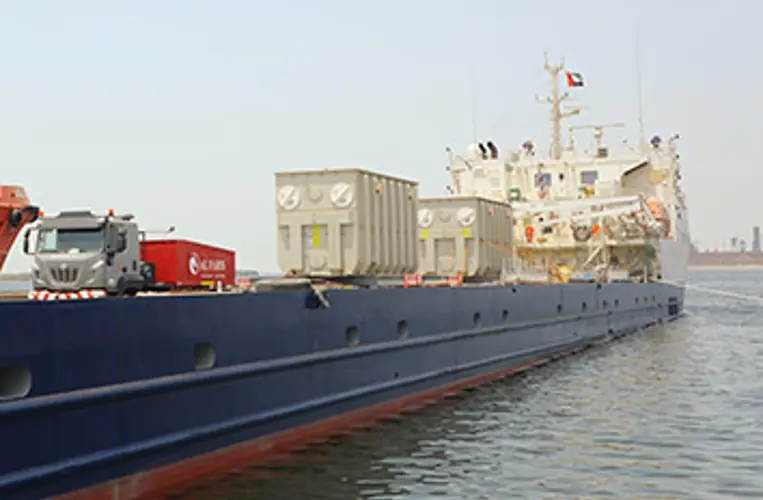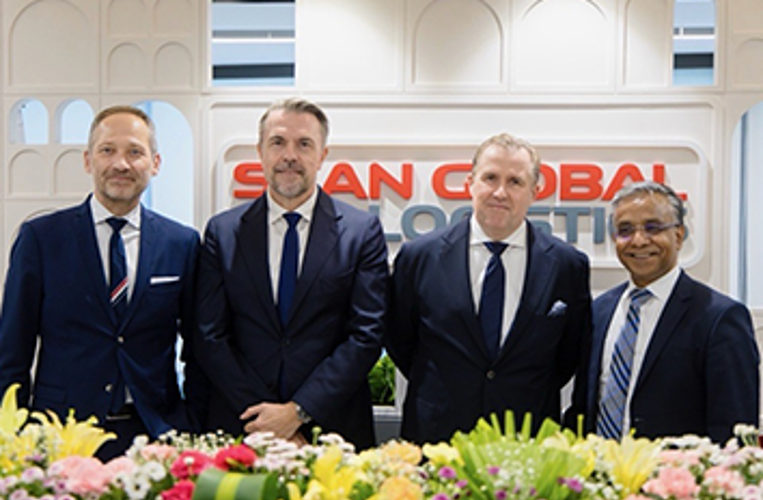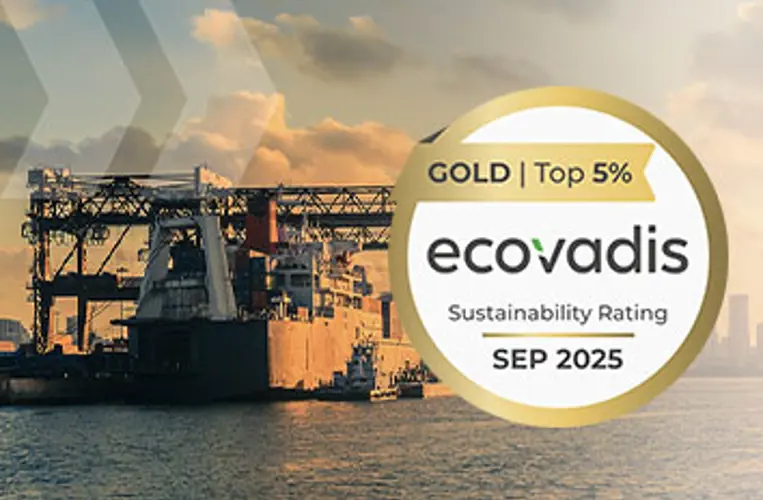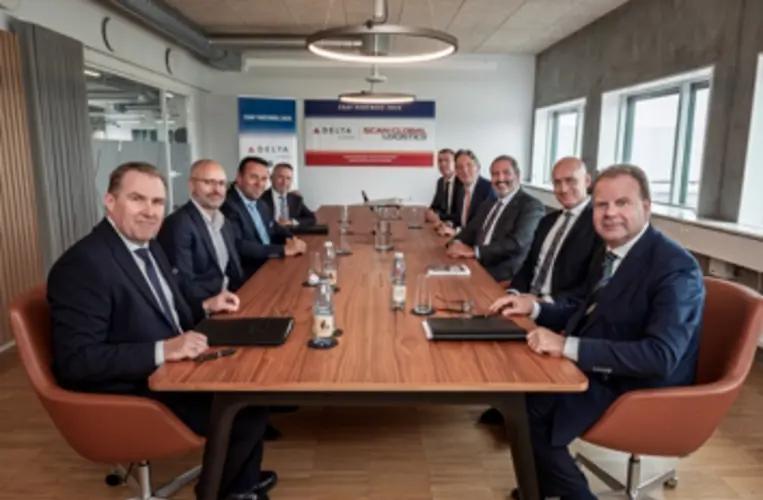On behalf of Scan Global Logistics

Global COO & CCO
Market update
07 Jun, 2024

Our traffic light update has turned red across all trades, except Intra-Asia and the current freight rate development mirrors that of the COVID-19 pandemic days. The latest SCFI update today shows an average price on Asia to North Europe of USD 7.898/40’, and as we speak, the coming weeks show no relief for shippers across the globe. A similar picture is apparent on the Trans-Pacific trade from Asia to the US, and also here, there is no outlook for short-term improvement.
Capitalising on the situation all ocean carriers have imposed General Rate Increases (GRIs), Peak Season Surcharges (PSS) and an array of other charges. The current situation yet again also puts a spotlight on the difference in rate levels between short and long-term rates. However, it is also worth noting that allocation cuts are being made on long-term rates as well, forcing all shippers into the short-term market or alternatively accepting revision of rate levels.
Hapag Lloyd's CEO provides his assessment of the current situation
Hapag Lloyd CEO Rolf Habben Jansen describes the situation in an update to customers and investors on Wednesday, June 5, as follows: ‘Container rates have reached corona levels, and shipping companies’ capacity is stretched to the limit at the moment due to bottlenecks and high demand, but the situation is only temporary.’
And continued; ‘I still think it’s a temporary thing. Then we can argue about how many weeks it will still last, but I don’t think that it will last until the end of the year,” says Jansen about the current unusually high spot rates and capacity shortages.[1]
MARKET UPDATE: 7 JUNE 2024
This assessment mirrors our current outlook on the market where the expectation is that the coming weeks and months will continue to be very challenging in terms of available capacity. There is a consensus that as we speak, we are at the peak of the storm, but any improvement will only be gradual.
Further down, see the latest SCFI numbers updated today and our traffic light update covering both ocean and airfreight.

Airfreight
Airfreight overall remains at elevated levels, especially on those routes impacted by the Red Sea scenario. However, there are some lanes where typical summer trends offer ad hoc market opportunities. It is clear that the same dynamic with sustained higher demand has kicked in, with no major or immediate outlook that this will change in general.
We wish to stress that we fully acknowledge the gravity of the situation, and our teams are working around the clock to mitigate the worst effects of the situation. Equally, we appreciate the cost impact due to the recent development, and we are doing our utmost to ensure as minimal impact on your business as possible.
AIRFREIGHT



OCEAN FREIGHT



This information is given to the best of our knowledge and is subject to change.
[1] https://shippingwatch.com/carriers/Container/article17167103.ece

On behalf of Scan Global Logistics

Global COO & CCO









